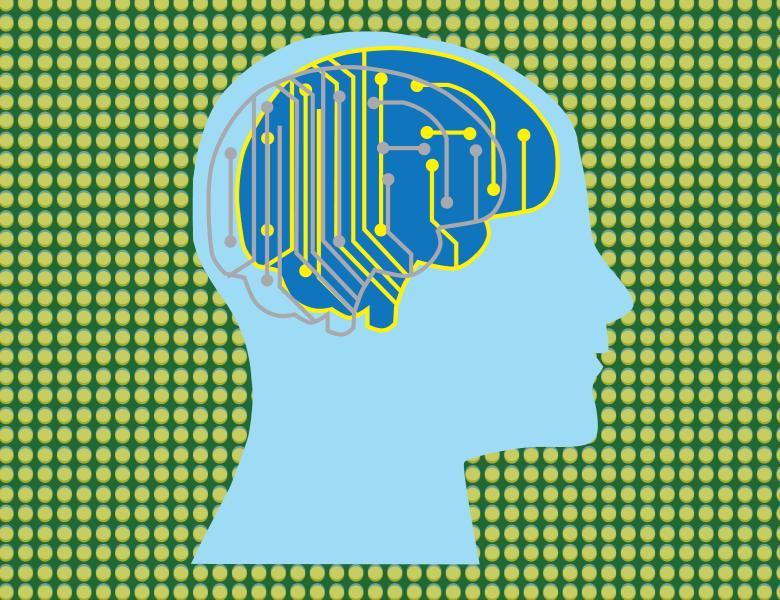
Abstract
The ability to represent multiple possible futures, or prospection, is essential to cognition. In human studies, prospective thinking activates and requires the hippocampus, suggesting a critical role for hippocampal neural activity. Recent research focusing on rodent spatial navigation has found that hippocampal neural activity in ~100 ms periods represents spatial paths that project from a subject’s current location, thus establishing neural representation of single prospective scenarios at the sub-second timescale. However, it has remained unclear whether the brain can regularly switch between representations of different possibilities at this timescale. Here I will discuss results demonstrating that the hippocampus is capable of continuously switching between divergent representations at 8 Hz. We found that hippocampal neurons representing differing spatial experiences (bifurcating paths and paths in different travel directions) routinely fire in alternation at 8 Hz. Notably, firing consistent with 8 Hz alternation was strongest when a navigational choice requiring prospection was imminent. Further, we found that hippocampal neural firing at the population level commonly represented divergent spatial experiences in continuous alternation at 8 Hz, and that this activity pattern occurred in the absence of overt deliberative behavior. These findings establish that prospective representation in the hippocampus is rapidly flexible, and moreover outline a temporally- and anatomically- specific neural mechanism capable of supporting prospection. These findings also suggest that cognitive capacities dependent on prospection (e.g. decision-making, planning, and imagination) should be evaluated at the sub-second timescale.
Erratum: Following this talk, we discovered an error in our analysis code related to the predictions of choices in the new W-track. The corrected analyses revealed only very weak predictions, suggesting that the alternating representations of future possibilities is not biased toward actual choices. The corrected results can be seen on slide 17 of the new pdf.


